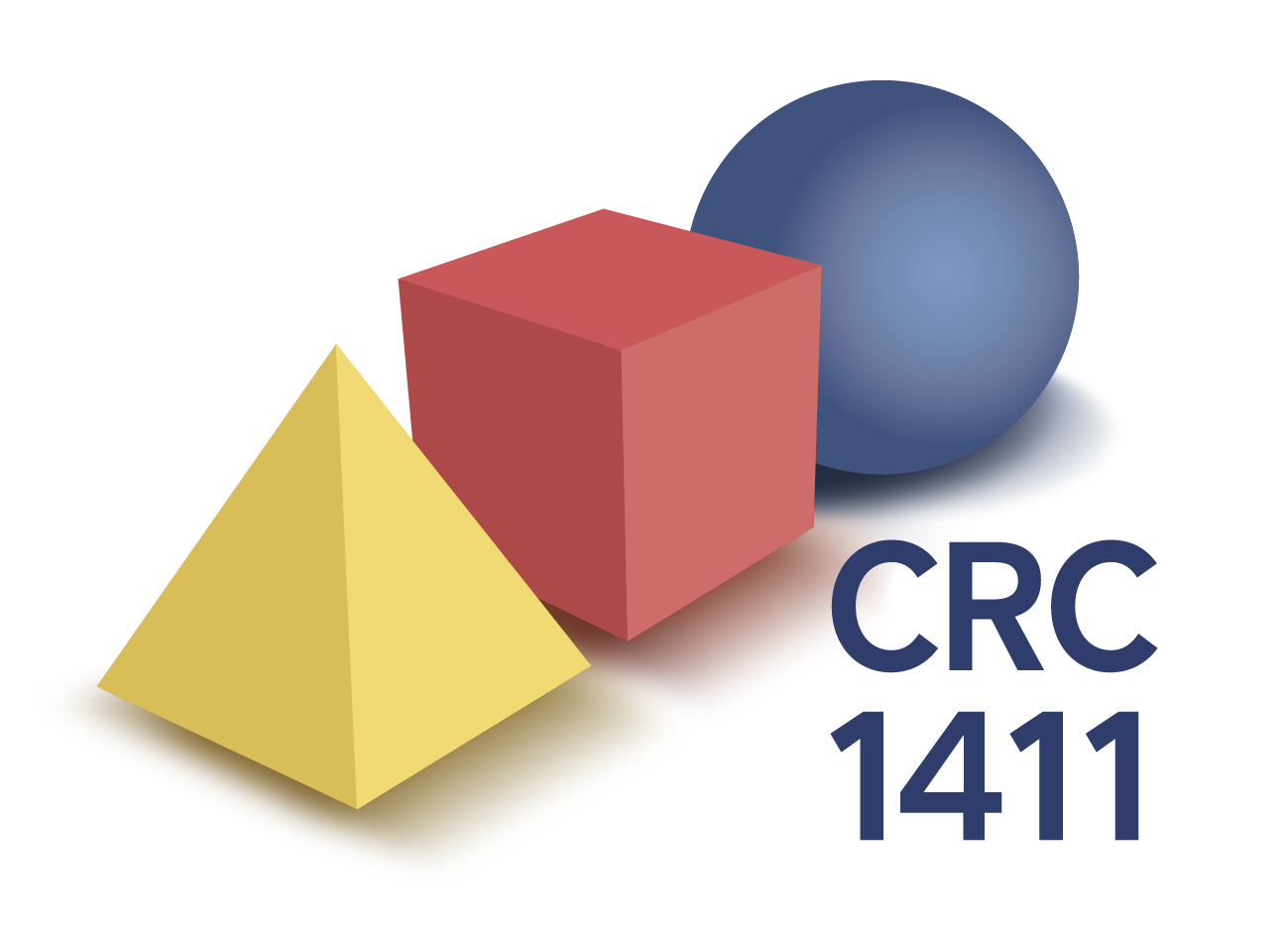Objectives and Strategy
The long-term goal of this CRC is the property design of single particles and particulate products made from these single particles, by size, shape, topology and process optimisation based on inverted structure-property-process functions. In particular, we focus on two different, closely interlinked applications and related functionalities, i.e. the design of particles with desired optical properties and the chromatographic separation of NPs via mesoporous and macroporous particulate materials. Examples of particulate products are single particles (e.g. for plasmonic sensing), agglomerates (e.g. supraparticles from QDs for colour mixing, QD-filled MOFs or supraparticles for structure-induced colours or stationary phases in chromatography) or thin films for pigment applications.

After 12 years of funding, the rigorous design of particulate products will have been demonstrated along our design chain Define – Design – Build – Test, for i) optical properties of particulates, ii) the chromatographic separation of NPs as a novel technology during NP processing, and iii) the full combination of both closely linked unit operations. In other words: Our proposed optimisation-based product design approach starts from the required application properties, derives structure-property functions and the related dispersity of the particulate product which serves as input for rigorous process optimisation based on the derived process-structure relationships. Predictive forward models for particle formation and classification of NPs are by then available which can be inverted to obtain the right particles matching the requested properties (e.g. spectral response, separation efficiency) via structure optimisation.
